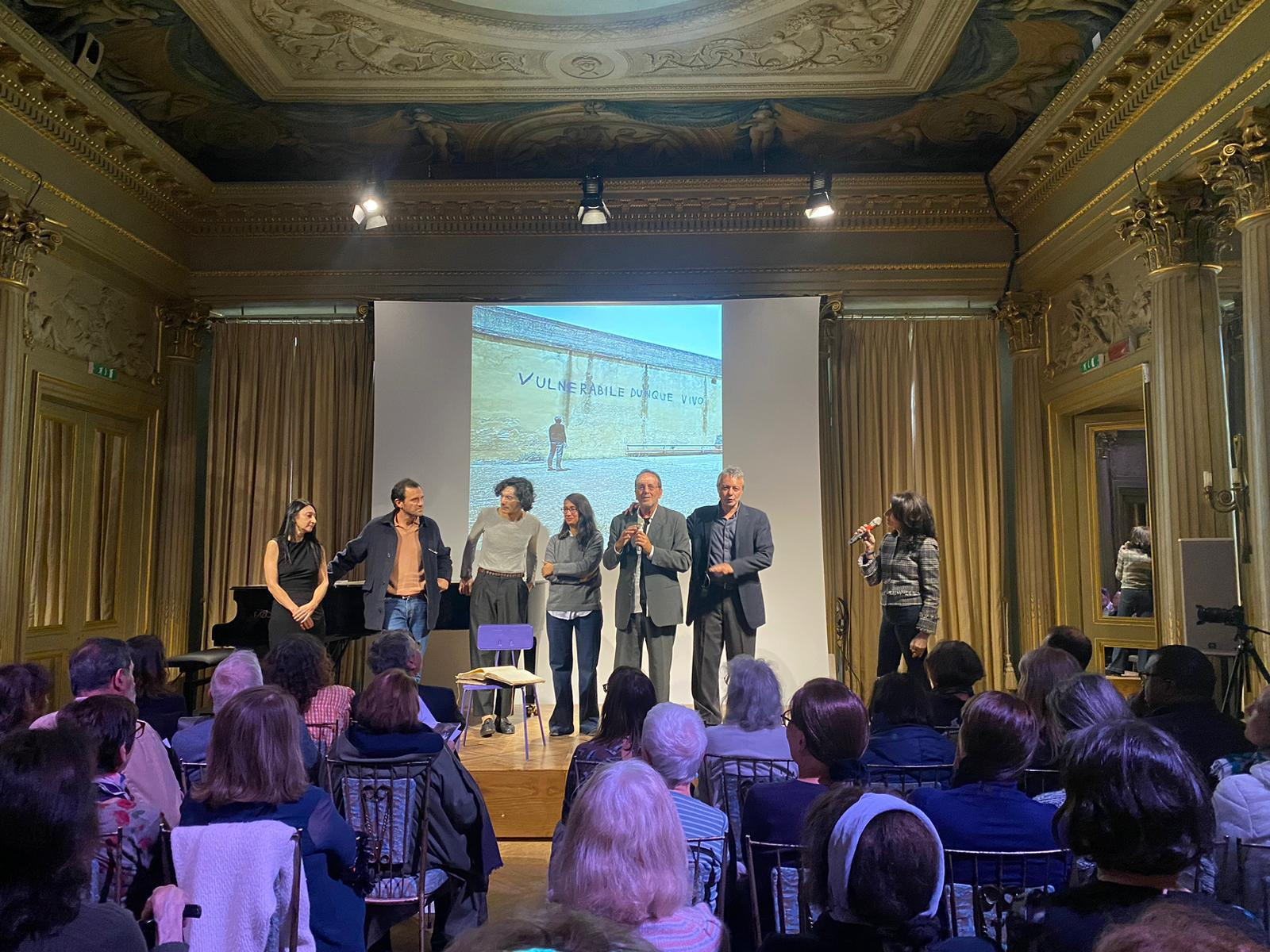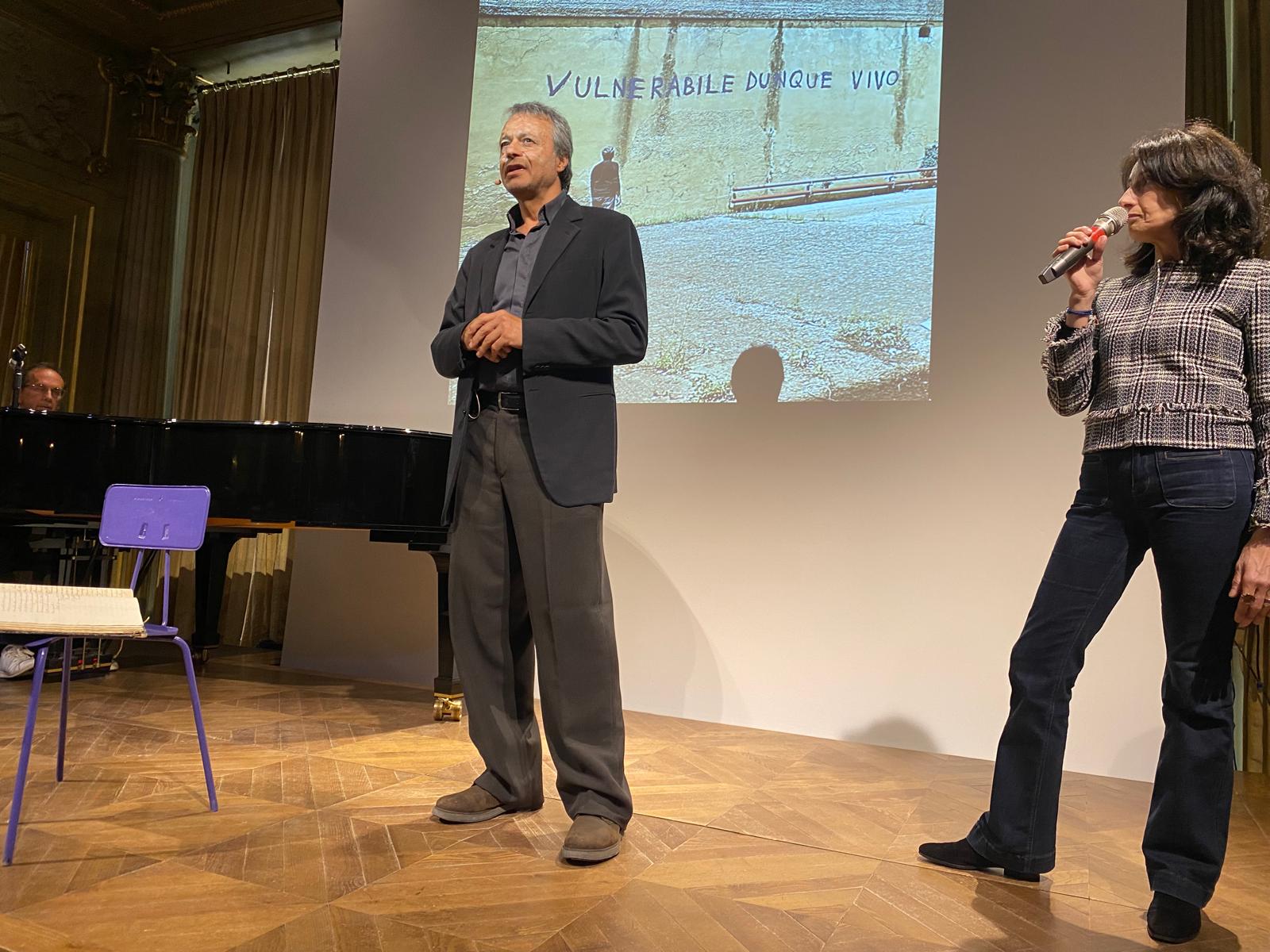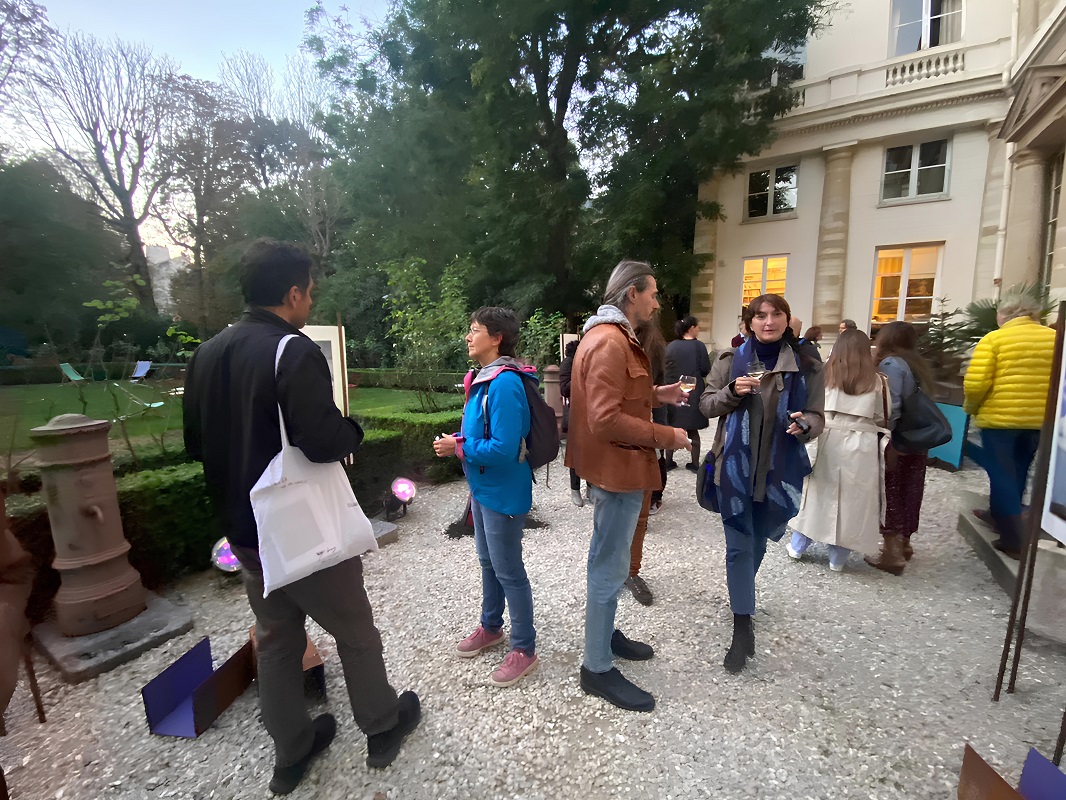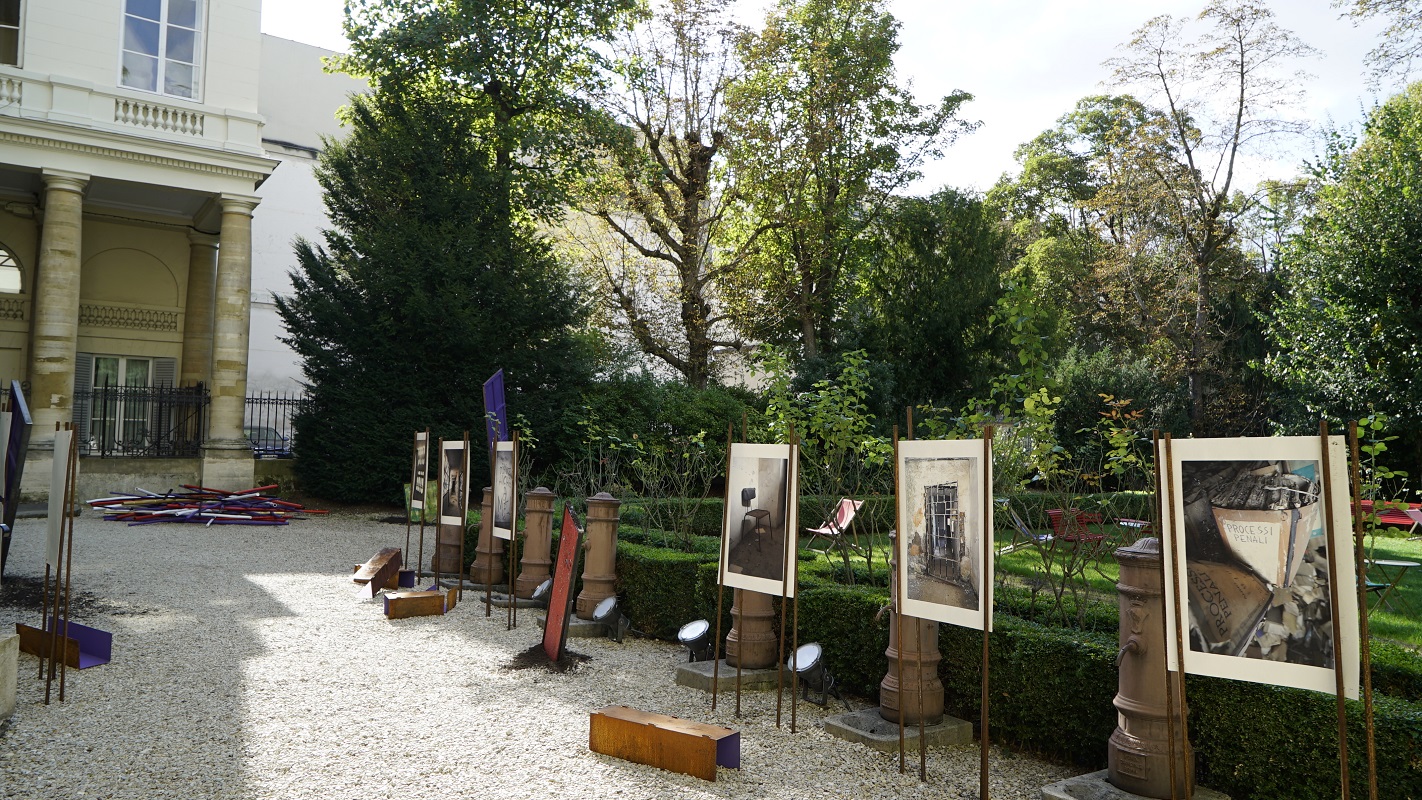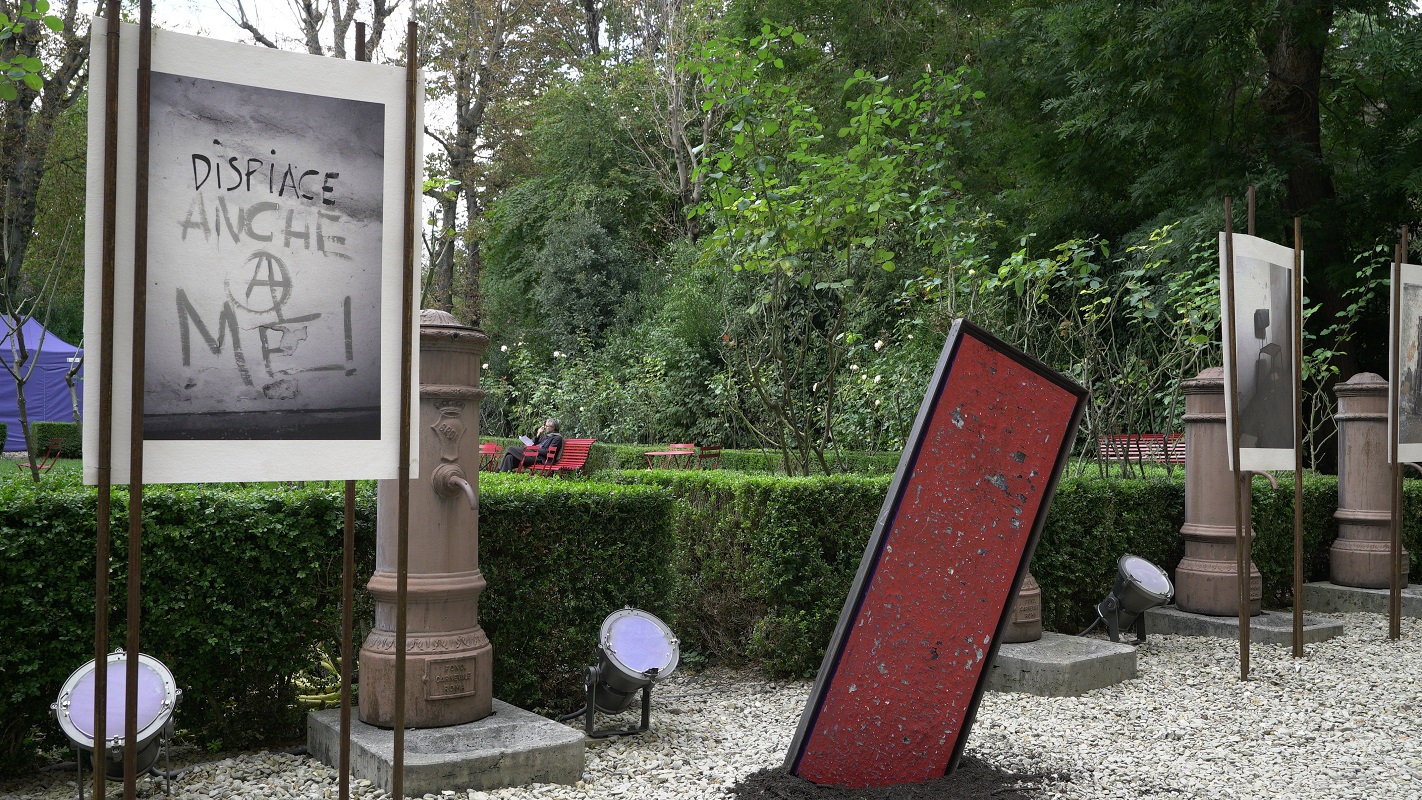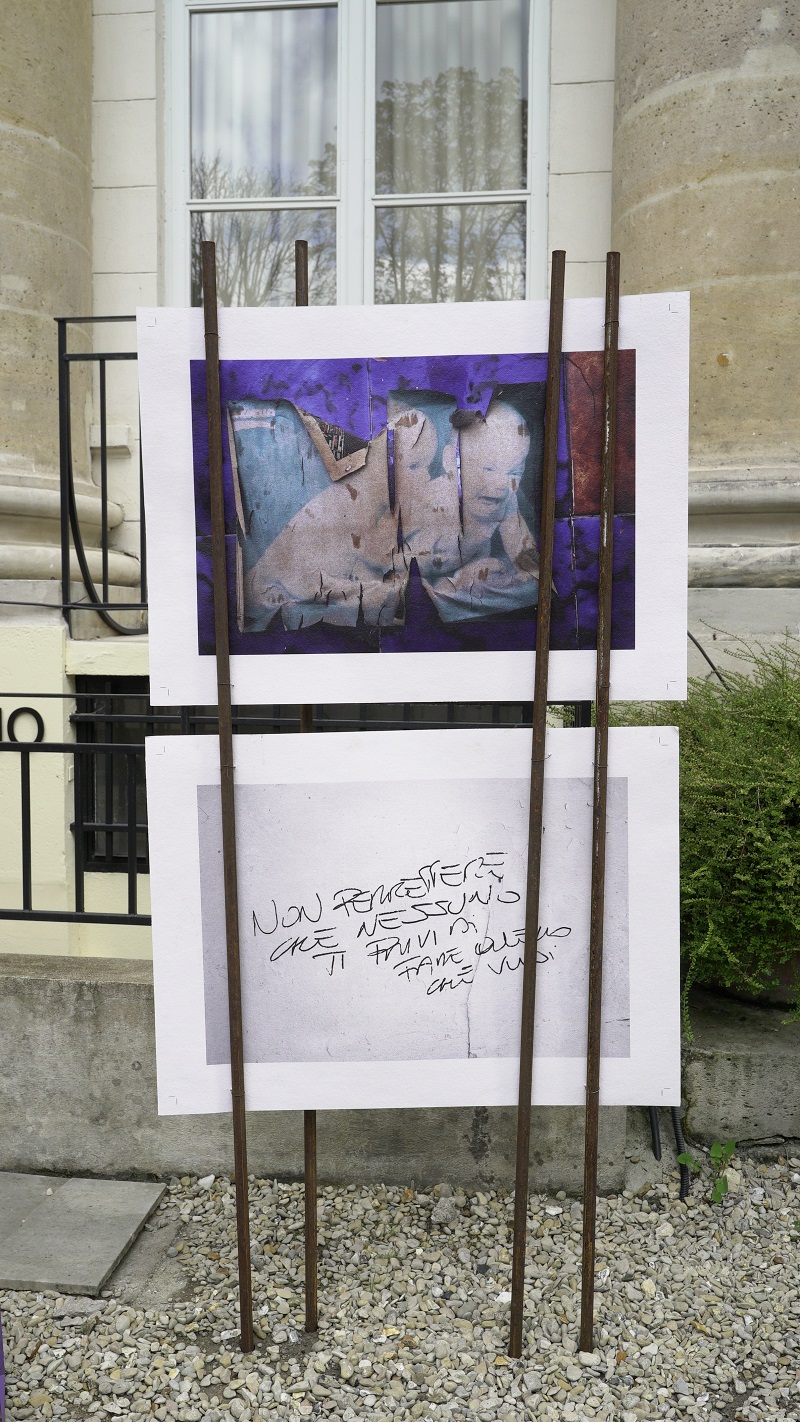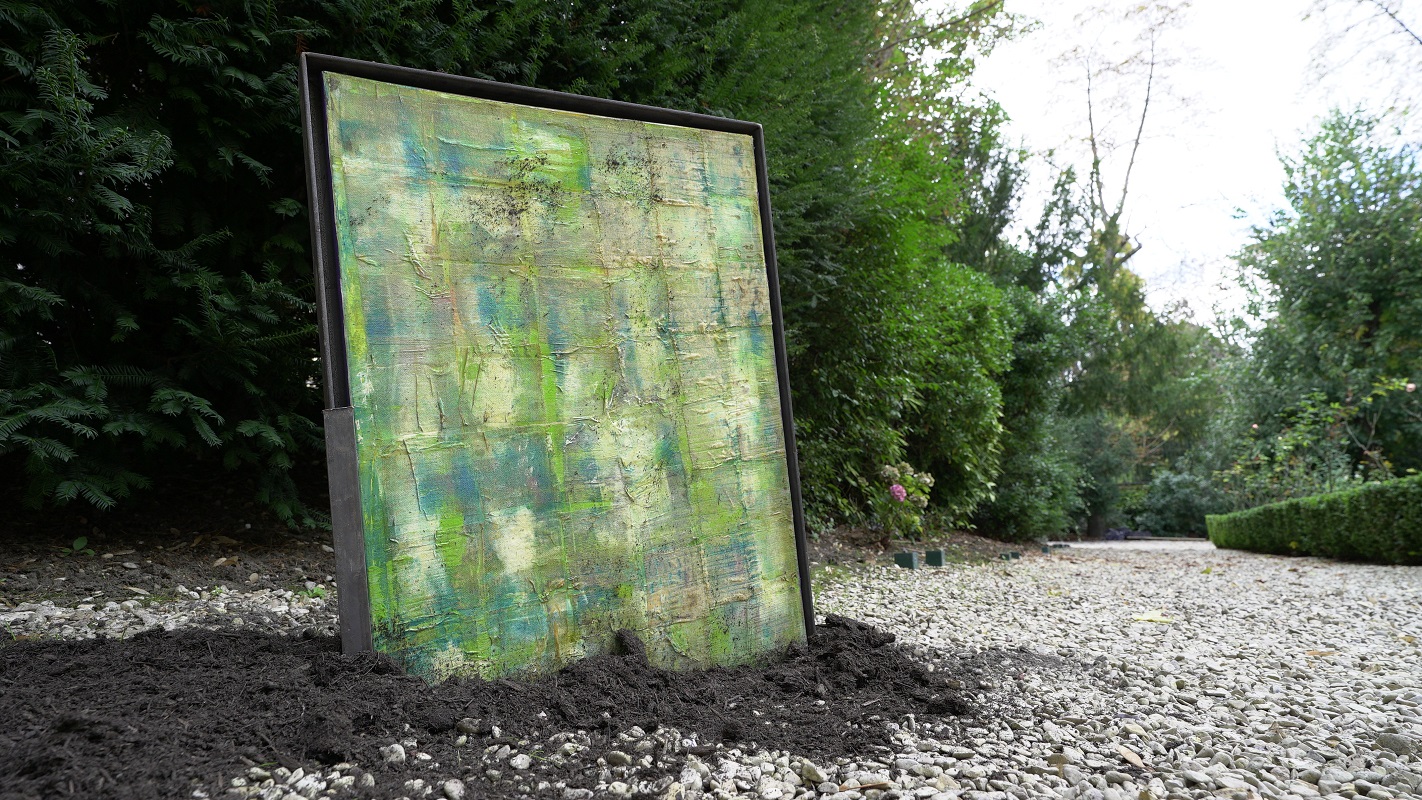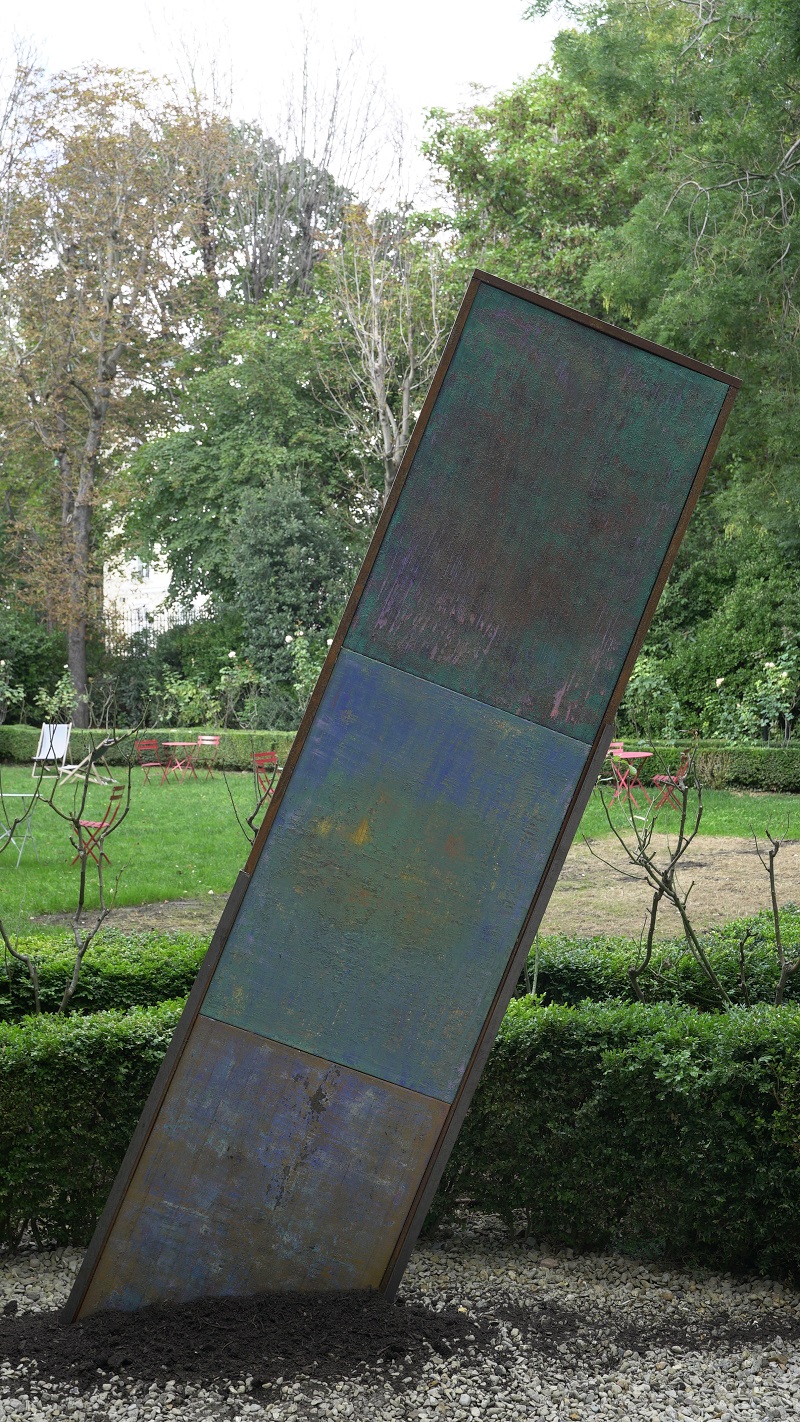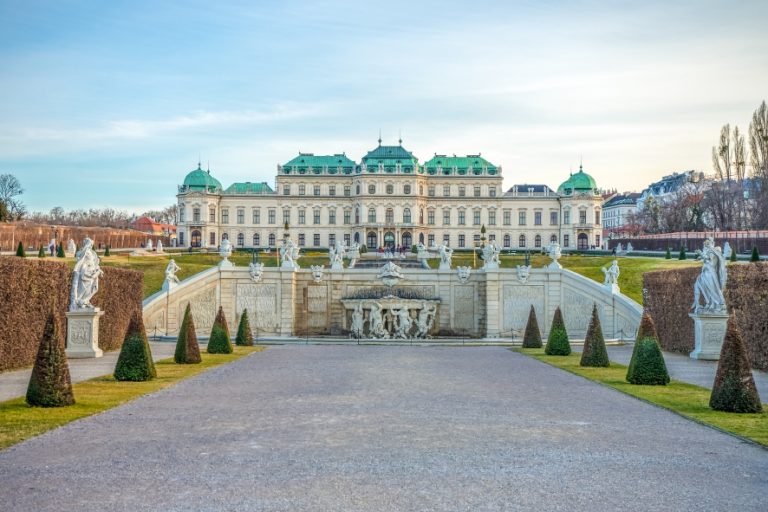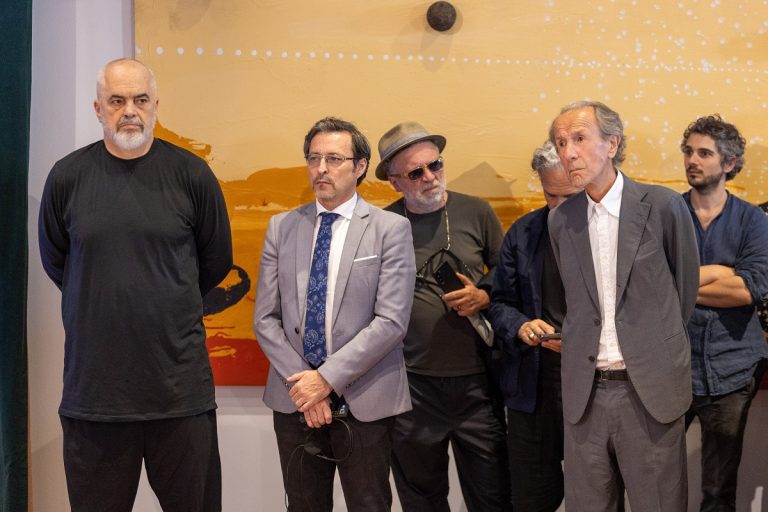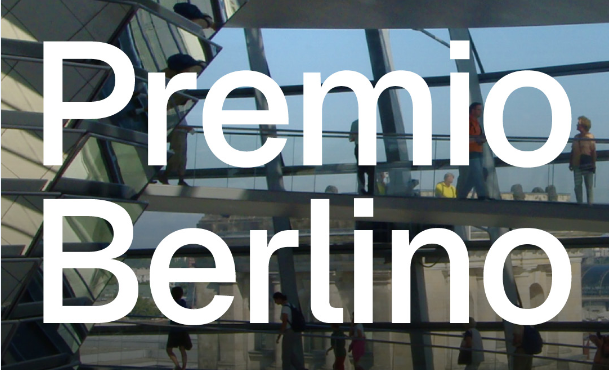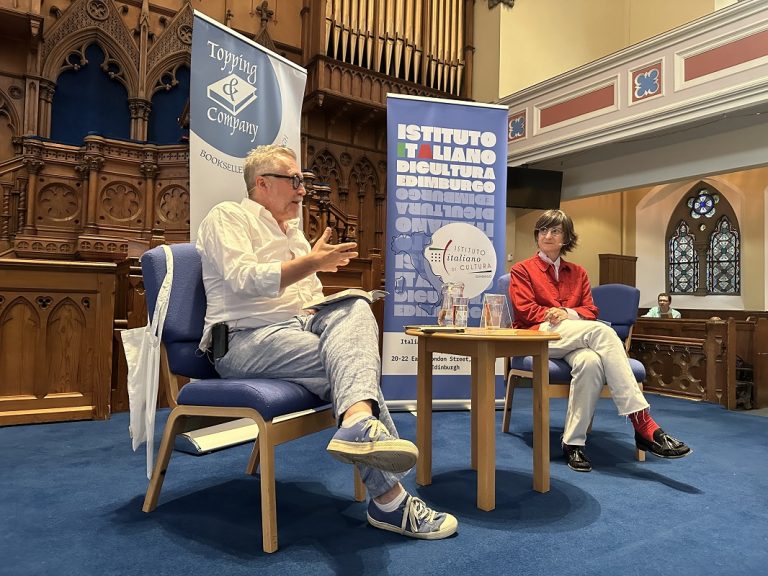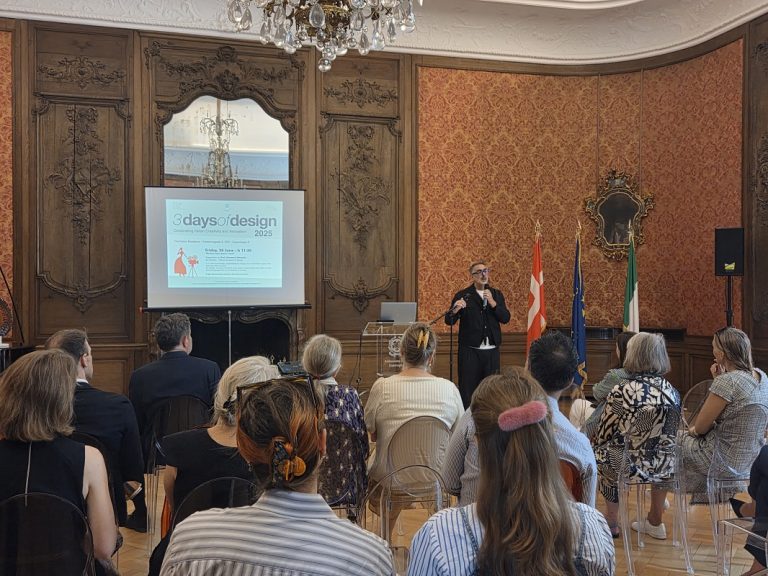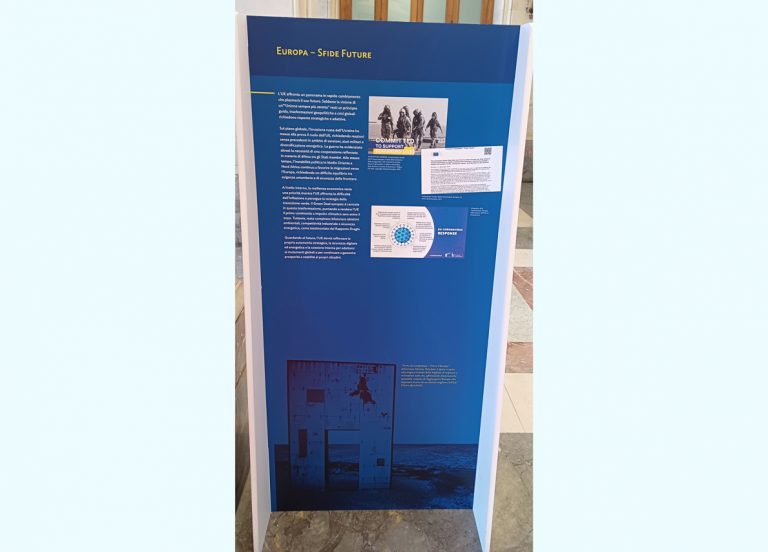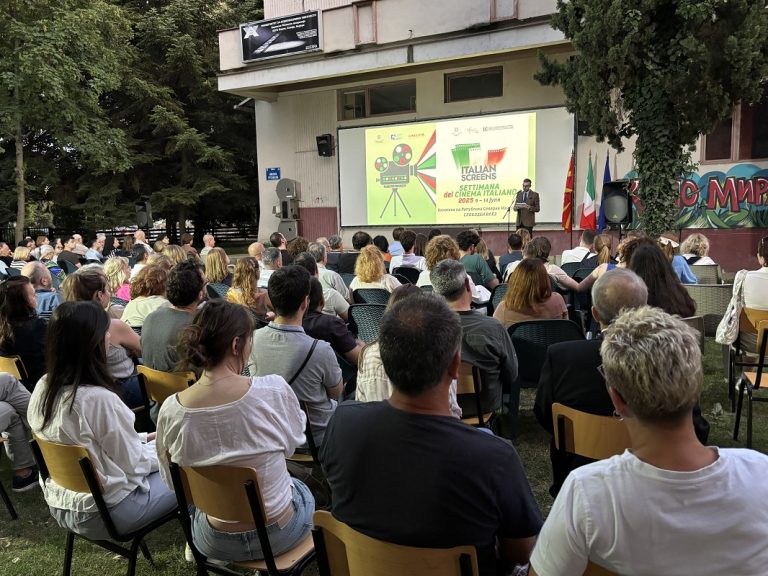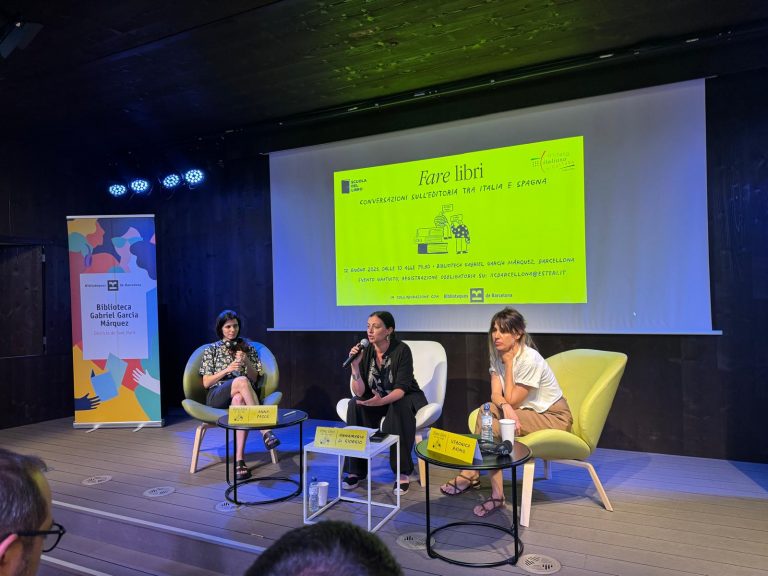The artistic project ‘Iosonovulnerable’ (iamvulnerable), a performative art practice curated by Sergio Mario Illuminato, was inaugurated last 3 October at the Italian Cultural Institute in Paris. The exhibition will be on display at the Institute’s gardens until 29 November.
Also attending the event in France – currently entering its second stage after a research process begun at the former Pontifical Prison in Velletri – was the entire Italian team that developed the cultural project and the director of the Institute, Antonio Calbi, who briefly presented its contents: “In this project that we are hosting, seemingly outside our borders, we find the essence and condition of contemporary art, which is no longer capable of bearing witness to the violence and complexity of our society. Photographs of prison cells and rooms filled with the stories of prisoners’ court proceedings, a door and other objects recovered from the former prison and reimagined through artistic work, and other elements that the visitor will be able to discover through interaction, are all traces of a profound work on memory, on absence, on the traces of life consumed in prison and on the time that passes and transforms these objects into something other than themselves. We are once again living in a time of war and we are wondering what is being done by art to provide testimony to this human condition, as Jean-Paul Sartre would say: in this case, the team of the Vulnerarte APS Movement has tried to recover clues of a life that no longer exists in order to reconcile yesterday’s fate with the eyes and sensitivity of today’s observer.
The conceptual session introducing the work, presented by Anna Maria Porfidia, director of the school of plastic arts at the Academy of Fine Arts in Rome, which sees many of its students involved in the project, opened with the institutional greetings of Carlo Siciliano, Councillor for Justice Migration and Internal Affairs, representing the Italian Ambassador in Paris Emanuela D’Alessandro, who appreciated the semantic value of the work’s installation, and Honourable Federico Mollicone, President of the Cultural Commission of the Italian Chamber of Deputies, who sent a message wishing moments of intense support for a project that represents in its transdisciplinary nature a creative model of artistic achievement.

